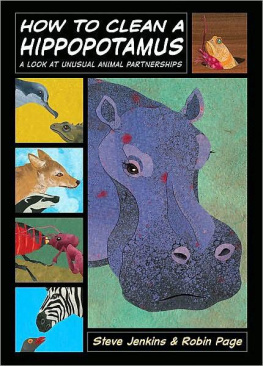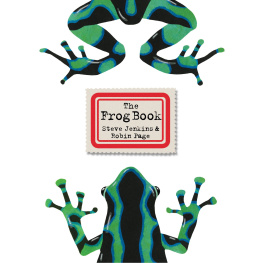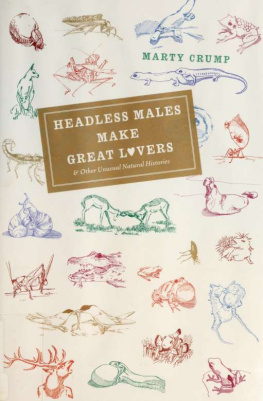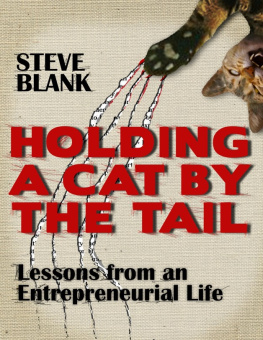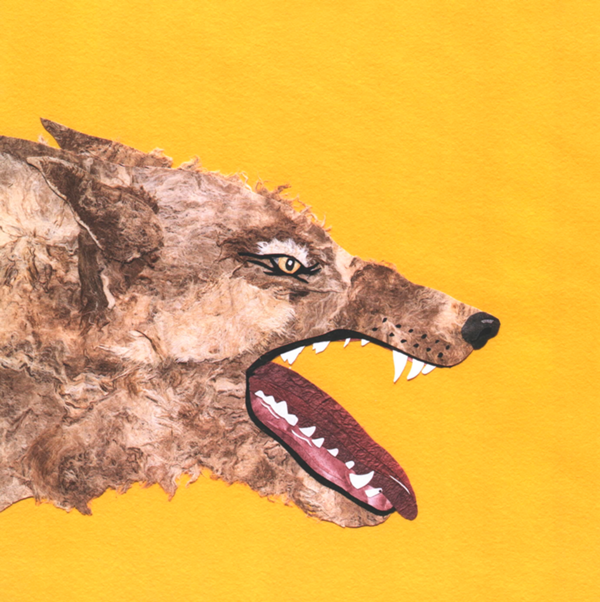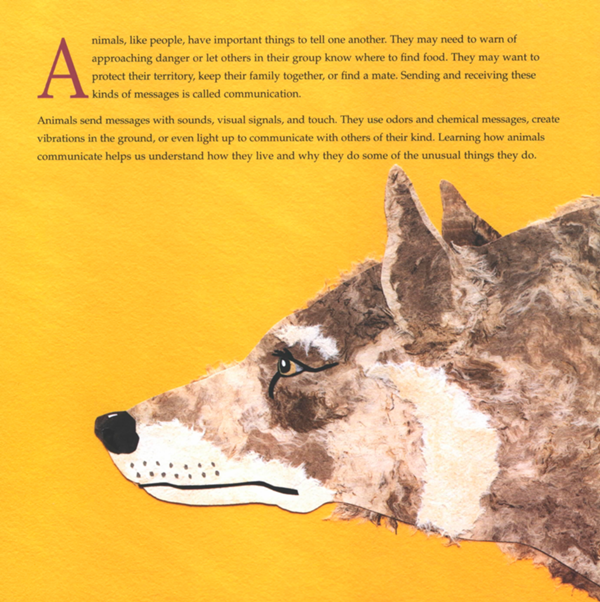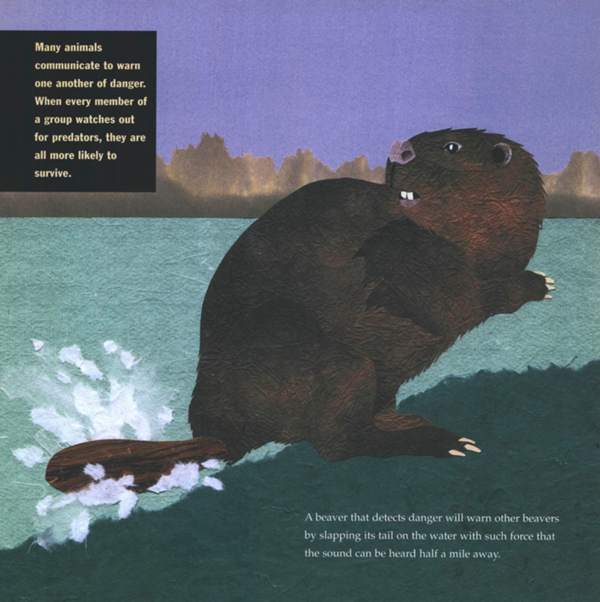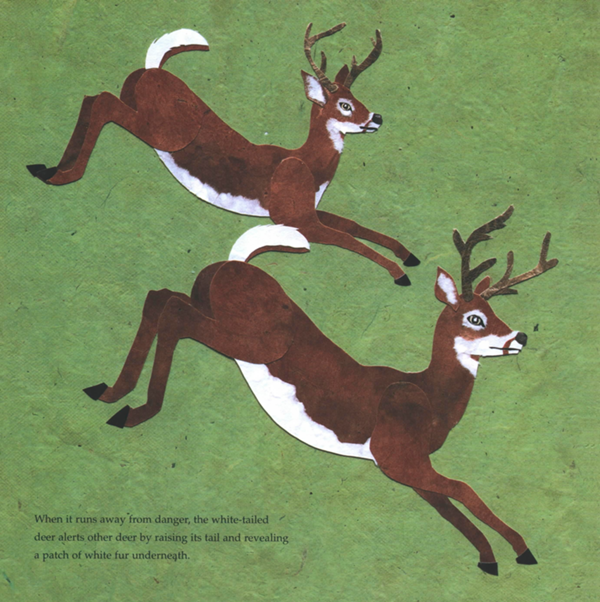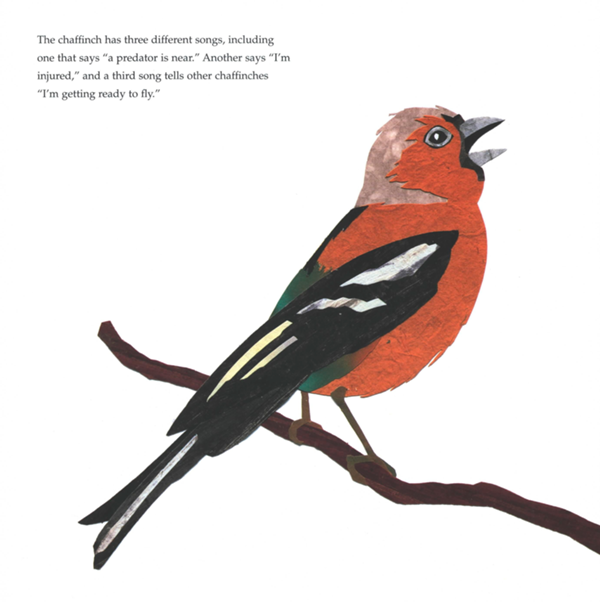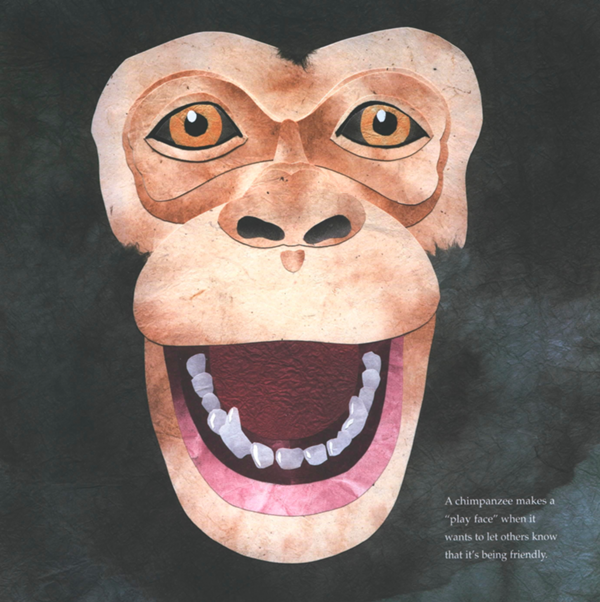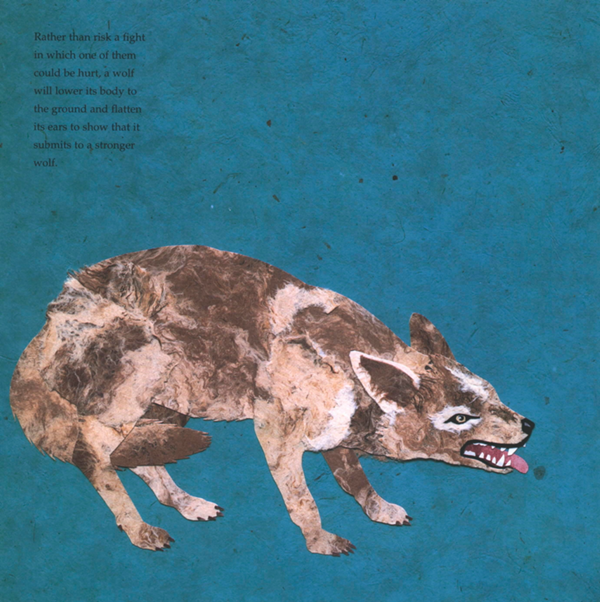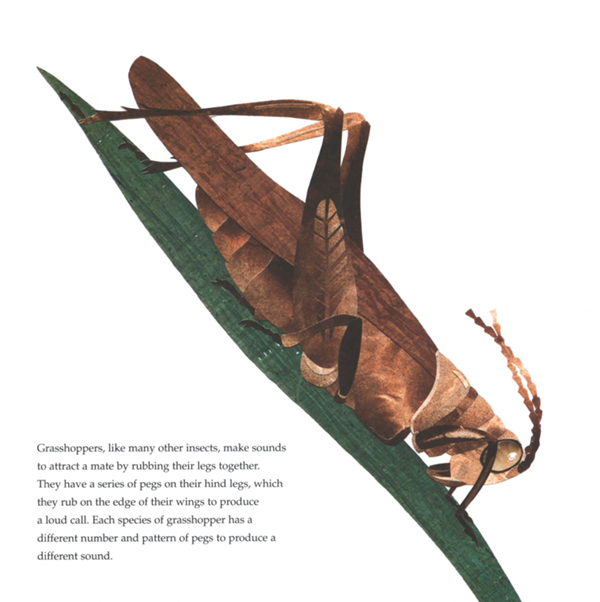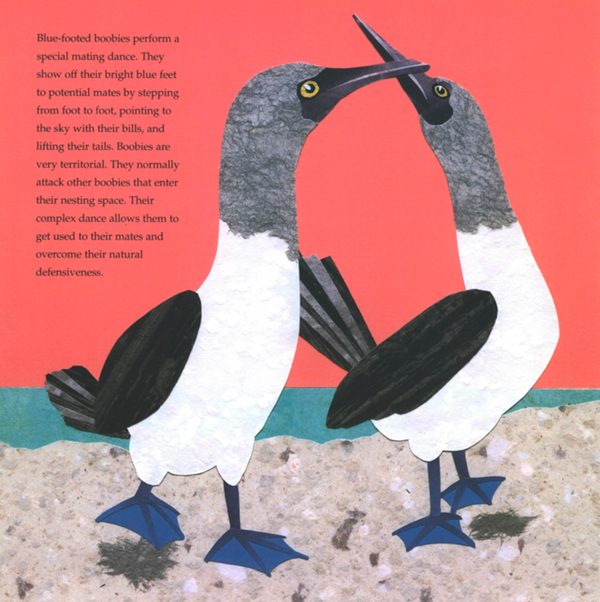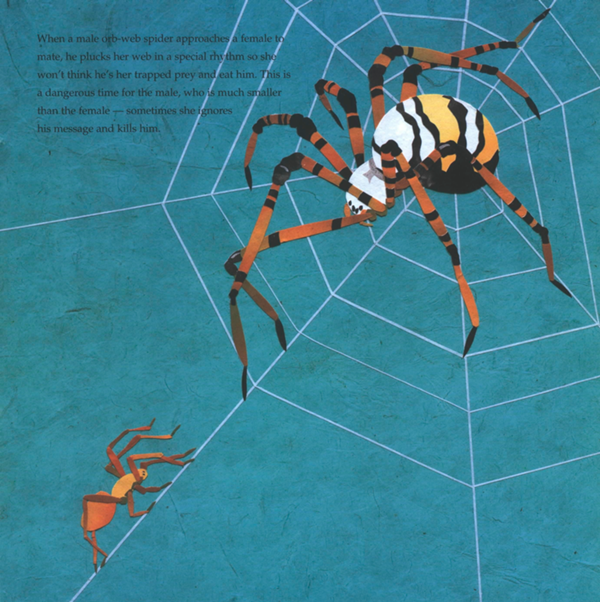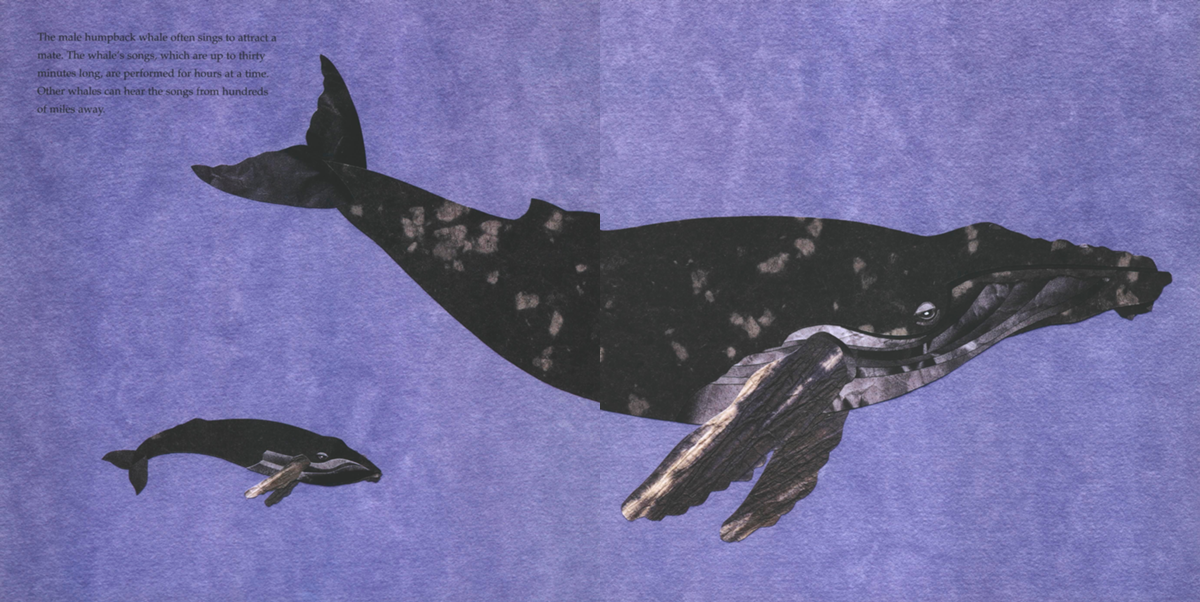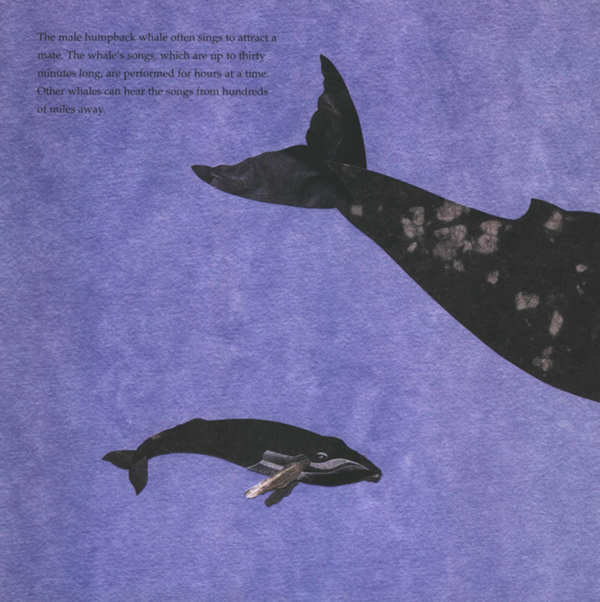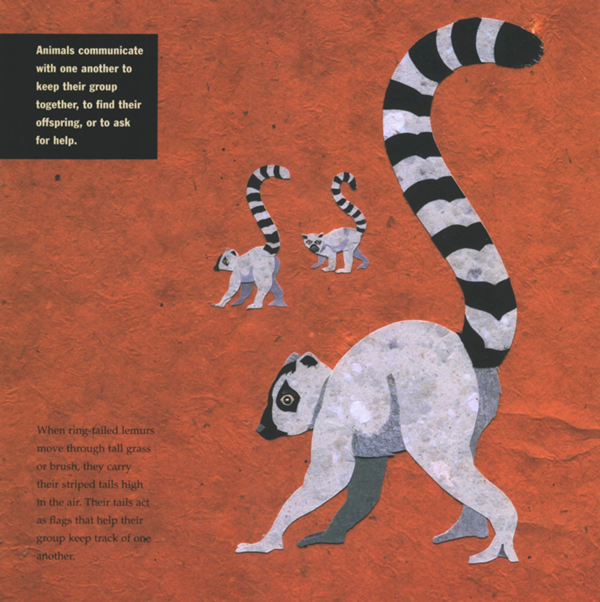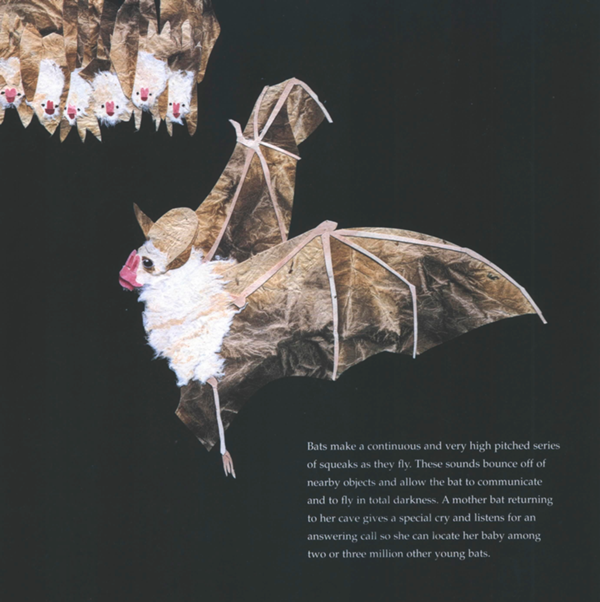Steve Jenkins - Slap, Squeak and Scatter: How Animals Communicate
Here you can read online Steve Jenkins - Slap, Squeak and Scatter: How Animals Communicate full text of the book (entire story) in english for free. Download pdf and epub, get meaning, cover and reviews about this ebook. year: 2001, publisher: Houghton Mifflin Harcourt, genre: Romance novel. Description of the work, (preface) as well as reviews are available. Best literature library LitArk.com created for fans of good reading and offers a wide selection of genres:
Romance novel
Science fiction
Adventure
Detective
Science
History
Home and family
Prose
Art
Politics
Computer
Non-fiction
Religion
Business
Children
Humor
Choose a favorite category and find really read worthwhile books. Enjoy immersion in the world of imagination, feel the emotions of the characters or learn something new for yourself, make an fascinating discovery.
- Book:Slap, Squeak and Scatter: How Animals Communicate
- Author:
- Publisher:Houghton Mifflin Harcourt
- Genre:
- Year:2001
- Rating:5 / 5
- Favourites:Add to favourites
- Your mark:
Slap, Squeak and Scatter: How Animals Communicate: summary, description and annotation
We offer to read an annotation, description, summary or preface (depends on what the author of the book "Slap, Squeak and Scatter: How Animals Communicate" wrote himself). If you haven't found the necessary information about the book — write in the comments, we will try to find it.
A beaver slaps its tail on the water to warn other beavers of approaching danger. A mother bat returning to the cave can locate her baby among two or three million other bats by using a special cry. And the male hippopotamus marks his territory by spinning his tail and scattering his dung.
These are just a few of the unusual ways animals communicate with one another. This beautifully illustrated work by noted author and illustrator Steve Jenkins describes many more fascinating and curious ways of animal communication.
Steve Jenkins: author's other books
Who wrote Slap, Squeak and Scatter: How Animals Communicate? Find out the surname, the name of the author of the book and a list of all author's works by series.



